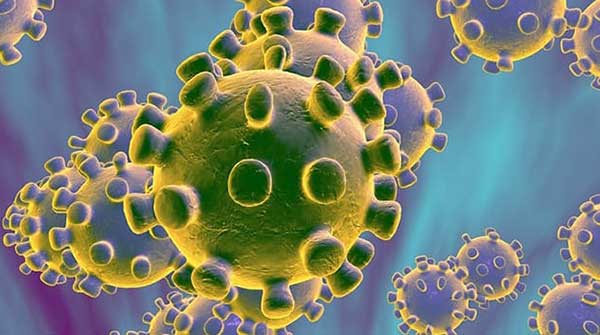As resistance to antimicrobial drugs rises, understanding the mechanisms at play could help doctors treat patients
Researchers are investigating how disease-causing fungi become resistant to antifungal drugs to help prevent potentially devastating consequences of the growing resistance harmful microbes are developing to drugs.
“Antimicrobial drugs are fundamental for us to live healthy lives,” says Daniel Charlebois, assistant professor in the Department of Physics, adjunct professor in the Department of Biological Sciences and co-author of a recent study.
 Daniel Charlebois |
 Joshua Guthrie |
 |
| Related Stories |
| Fungi fundamentals: the truth about mushrooms
|
| Fifteen per cent of Canadians have long COVID symptoms
|
| Soil fungi act like a support network for trees: study
|
When microbes infecting a person’s body form permanent resistance to a drug, that drug becomes ineffective or less effective in battling the infection it’s designed to target.
Cells develop resistance to antimicrobial drugs in two ways, Charlebois explains: genetically or non-genetically. Genetic resistance is permanent and passed down to offspring. It’s only in the past decade or so that researchers have begun digging into non-genetic resistance. A missing piece of the puzzle is what happens when cells are transitioning between these two resistant states – and that’s what Charlebois hopes to shed light on with his work.
Understanding the transition between the two types of resistance is important to find ways to prevent cells from mutating and evolving to develop genetic resistance.
“People tend to be experts in one or the other forms of resistance, and it’s only now that we’re really starting to look at this interplay,” says Charlebois.
“Trying to understand how these non-genetic mechanisms influence evolution is really interesting for drug resistance, which is an evolutionary process.”
Charlebois’ study showed that when both genetically and non-genetically resistant cells are present, it takes longer for the cells to become fully genetically resistant because the two types of cells compete for resources such as nutrients and space.
“It takes longer for those genetically resistant mutants to spread and become more than 95 per cent of the population,” says Charlebois.
Once a cell mutates to become genetically resistant, it remains that way. However, a non-genetically resistant cell can become a “susceptible cell,” meaning it will die or stop growing in the presence of the drug. With the resistance removed, an infection can be treated.
To examine the different subpopulations of resistant cells, Charlebois and physics master’s student Joshua Guthrie created a population model. “We are considering the population dynamics, whereas, before, it was just considered one population [of resistant cells],” explains Charlebois.
Guthrie developed code and did the simulation work to streamline the process and narrow down the number of experiments that would need to be done in the lab. The modelling portion of the research provided vital information, such as when the first mutation happens in a cell.
“That might inform when you should add or change drugs during treatment,” says Charlebois.
More knowledge about the interplay between the different resistance mechanisms could give physicians critical information about what type of drugs to administer and what treatment schedule would be most effective.
For example, alternating drugs to exploit trade-offs in susceptible, non-genetically resistant, and resistant subpopulations during treatment may help keep the genetically resistant subpopulation at bay for longer. This could inform treatment options such as sequential or combination therapies, says Charlebois.
“You’re dealing with a population of interacting entities, different types of potential drug resistance,” says Charlebois. “Thinking of ways to exploit that is not something that is typically considered when you’re developing treatments.”
| By Adrianna MacPherson
Adrianna MacPherson is a reporter with the University of Alberta’s Folio online magazine. The University of Alberta is a Troy Media Editorial Content Provider Partner.
The opinions expressed by our columnists and contributors are theirs alone and do not inherently or expressly reflect the views of our publication.
© Troy Media
Troy Media is an editorial content provider to media outlets and its own hosted community news outlets across Canada.

